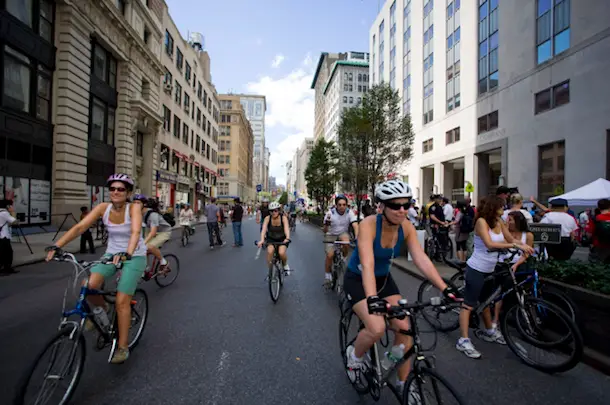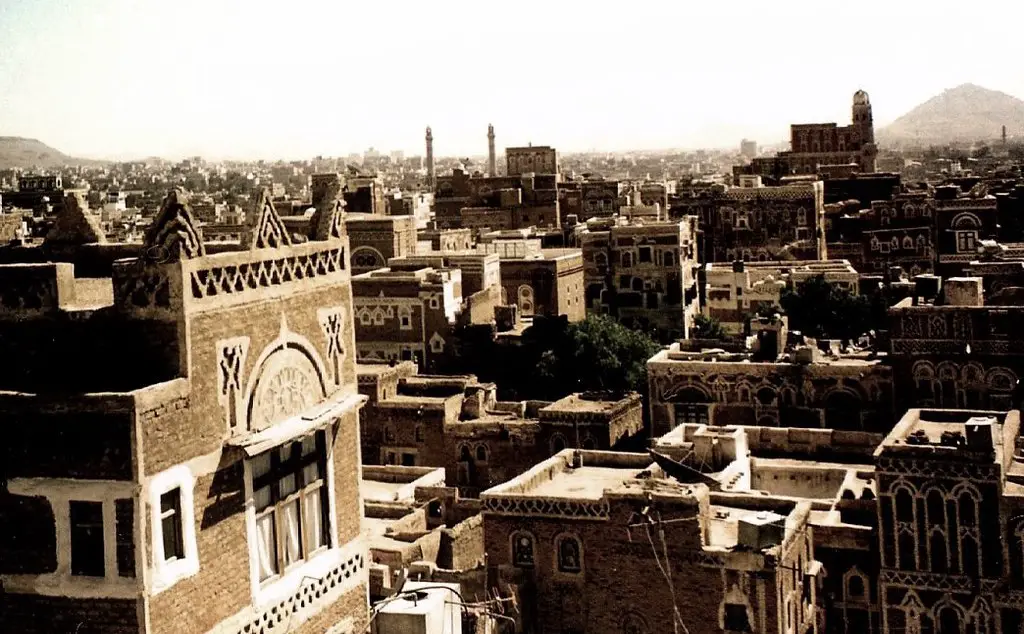An action or work is creative to the extent that those familiar with the context in which it was created and/or resides in regard it as being novel and valuable to a suitable degree [1] – creativity is doing something that people around you think is a bit different, or new, and also good. This is a dry and seemingly impotent definition, but important because it leaves behind the idea that creativity is for a certain class of individual or work. The kind of creativity we need to value is the desire of ordinary people to improve their everyday lives and environments – making steps out of concrete blocks to link a residence to a park, sharing neighbourhood fruit and recipes, placing hand made ashtrays where they’re needed…. This is not anything to do with ideas of the creative industries, creative class, or creative cities and nothing to do with economic growth.
In the places where people live small and personal acts of creativity are important fine-grained components of happiness – creations which produce the human(e) and which people produce as part of the process of becoming human [2]. These very often small and adaptive changes are akin to repair and self-healing in an organism (but are often misinterpreted as a degradation) but can be considered the human measurement of neighbourhood success [3]. They form very simple traces left in the physical, social and psychological environment that stimulate the performance of subsequent actions by the same or a different person. Actions tend to reinforce and build on each other. Neighbourhood daily life grows, and grows into complex, seemingly intelligent, structures without planning, control, or even direct communication [4]. In this way civic life becomes comprehensible and open to avenues for participation, feedback, continuity and relation, fostering the commitment which is the sine qua non of city success [5].

The local park provides the storage space for children’s vehicles that cramped apartment living does not afford. Shared use, a sense of ownership. Trust, Resources, Freedom.
Creativity
Fixing a communal fence with some wire, developing a curbside food source, starting a class on programming for three local kids, whatever… the creative product is the output of some kind of process in the mind of a person who is in a (social, psychological and physical) environment. The personal components necessary for such creativity consist of domain relevant knowledge, some creativity skills, and intrinsic motivation (See Amabile’s work on the ‘components of creativity’). Ample resources and practices for the first two already exist. Relevant knowledge for most day-to-day work can be self-taught online, at libraries and in the local environment. It can also be learnt from and shared between peers. Similarly, creativity skills are a combination of learning, practice and personality (and we have more than enough books giving us hints on how to be creative). Intrinsic motivation – doing something for its own sake – however, may be the most important, and most readily malleable (for better or worse) element, and it is influenced in large part by the social, psychological and physical environment. Research in the work environment provides us with a useful concept to understand this: creative climate. Climate is discussed as a collective perceptual construct reflecting a lower level of abstraction based on observed patterns of interaction and behaviour [6] and works on the practical aspects of everyday life. It is here, rather than the level of culture (which reflects the deeper and more stable aspects of values, traditions, rituals and history) [7] that positive, powerful and flexible action can lead to creative and vital neighbourhoods where people feel empowered to live in the way that they believe is right for them.
Frameworks for creative climate developed by Amabile, Isaksen, Ekavll and other researchers in the field of leadership, creativity and work environments offer convergent assessments on the dimensions important for a positive creative climate (see Mathisen and Einarsen (2004) for a good overview). These frameworks can act a starting point for thinking about the creative climate of our neighbourhoods – Here are a few relevant dimensions here to start to outline what a framework for discussing the neighbourhood creative climate might look like.
Positive Dimensions
Idea Support: The way new ideas are treated in the neighbourhood. What do people say when you try out or suggest something new – is there even anyone to talk to?
Debate: The occurrence of and open disagreement between viewpoints, ideas, experiences and knowledge. In a high-debate climate different voices and points of view are exchanged and encouraged.
Trust/Openness: How emotionally safe people feel being frank and honest with each other.
Playfulness/Humour: Good-natured chatting, joking and laughing on the street and in public/private places.
Risk Tolerance: The tolerance of uncertainty and ambiguity – how easy it is for people to ‘go out on a limb’ and do something new? In a climate of high risk tolerance, people can make decisions even when they do not have certainty and all the information desired.
Freedom: The level of perceived autonomy and ability of individual discretion. Do you have to go through official or non-official channels before taking action? Is your time taken up by the demands of organised volunteer groups?
Resources: Access to funds, facilities, materials and information. What kinds of fundraising opportunities are available? How easy is it to access information about legal questions? How are vacant lots and dead space treated (are they fenced off?).
Time: The amount of time people can (and do) spend on thinking about and putting into practice their ideas. Do people have the time to be hanging around the neighbourhood or are they always at work in another part of the city? What about children (lots of schoolwork?) and the elderly?

Reflective tape collage marks neighbourhood traffic danger spot. Agile, accurate, swift response to local needs. Risk Tolerance, Freedom, Resources.
Negative Dimension
Conflict/Violence: In a climate of high conflict people are at each other’s throats – gossiping and plotting against each other. Crime may be high with increased presence of police, private security and possibly the military.
What do you think? How would you measure these dimensions? (Would you want to?). What dimensions would you add/subtract? Can you offer a real world example that illustrates one or more of the dimensions?
Notes:
[1] After Amabile’s operational definition of creativity.
[2] See e.g. Lefebvre, 1961
[3] See e.g. Salingaros et.al., 2010
[4] See Camazine, et.al., 2001
[5] See Wilsher and Righter, 1975: 87
[6] Schneider, 2000
[7] Denison, 1996
References
Amabile, T.M. (1996). Creativity in context. Boulder: Westview Press.
Amabile, T.M., Conti, R., Coon, H., Lazenby, J. and Herron, M. (1996). Assessing the work environment for creativity. Academy of Management Journal, 39, 1154-1184
Camazine, et.al. (2001). Self Organization in Biological Systems. Princeton University Press, New Jersey.
Denison, D.R. (1996) What is the Difference between Organizational Culture and Organizational Climate? A Native’s Point of View on a Decade of Paradigm Wars. Academy of Management Review, 21, 619-54.
Lefebvre, H. 1961. Critique de la vie quotidienne II, Fondement d’une sociologie dela quotiennete. Paris: L’Arche; trans. John Moore, Critique of Everyday Life, vol.2: Foundations for a Sociology of the Everyday. London and New York, Verso, 2002. 18-22; 44-47; 51.
Mathisen, G.E., & Einarsen, S. (2004). “A Review of Instruments Assessing Creative and Innovative Environments Within Organizations.” Creativity Research Journal, 16(1), 119-140.
Salingaros, N., Brain, D., Duany, A.M., Mehaffy, M.W. & Philibert-Petit, E. 2010. Socially organized housing: a new approach to urban structure. In P2P Urbanism. Draft Version 3.0. Downloaded from http://zeta.math.utsa.edu/~
Schneider, B. (2000) The Psychological Life of Organizations. In Ashkanasy, N.M., Wilderom, C.P. and Peterson, M.F. (eds.), Handbook of Organizational Culture and Climate. Sage, Thousand Oaks, CA, xvii?xxii.
Wilsher, P. and Righter. R. 1975. In The Exploding Cities. P. Wilsher and R. Righter eds. London: Andre Dutch Limited.


